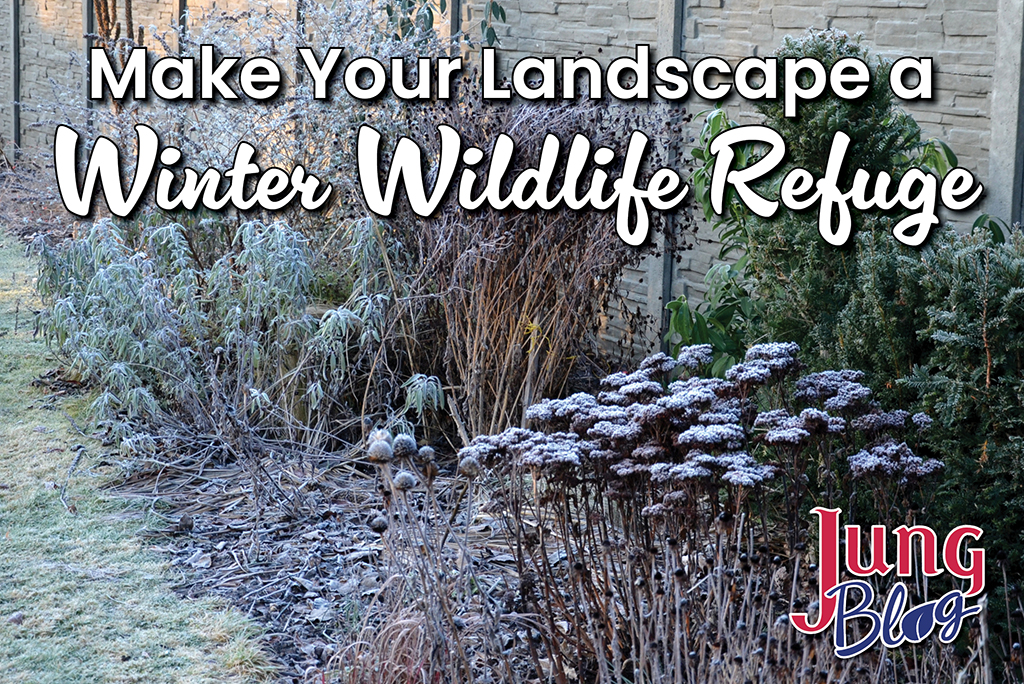
Have you heard the phrase “things are not as they appear”? Our gardens look quiet in winter, but they’re full of life. From birds to squirrels and insects, these critters are fighting for survival. Check out these tips for supporting wildlife during the coldest time of year. And for patio gardeners, there are tips for you, too!
How To Provide Winter Shelter In Your Garden
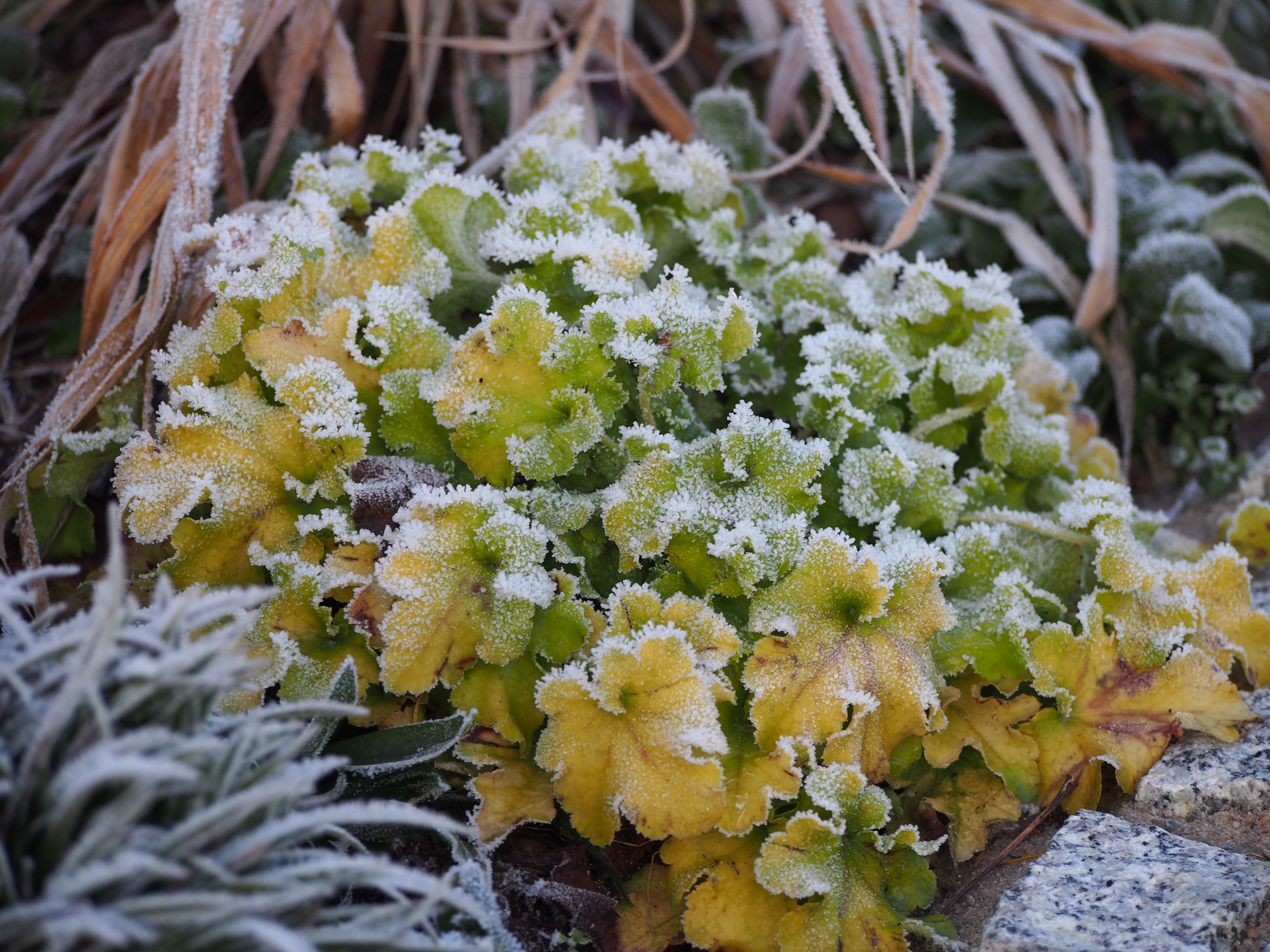
Perennial Stems
As winter settles in, you can provide shelter for animals. For birds and other small creatures, consider leaving the old stems of perennials until spring. Those stems look unimportant, but they’re often filled with insects. Many studies have examined insects’ overwintering habits, and a few things stand out.
- Bees and other pollinators nest in plants with hollow stems, like Cardinal lobelia, Monarda, and Asclepias.
- Most insects use the lower portion of the stems, so consider leaving the bottom 12 inches when you cut back the plant. The plants may look rough with those old stems, but they’re only visible until the new growth appears.
- For many insects, fallen leaves provide insulation from the bitter cold. And it’s not just bees. Butterflies and moths rely on leaves too. Leaves also help the birds as they search for insects to eat.
- One thing to note: If you have diseased leaves on your trees or shrubs, they should be disposed of.
Leaves & Compost
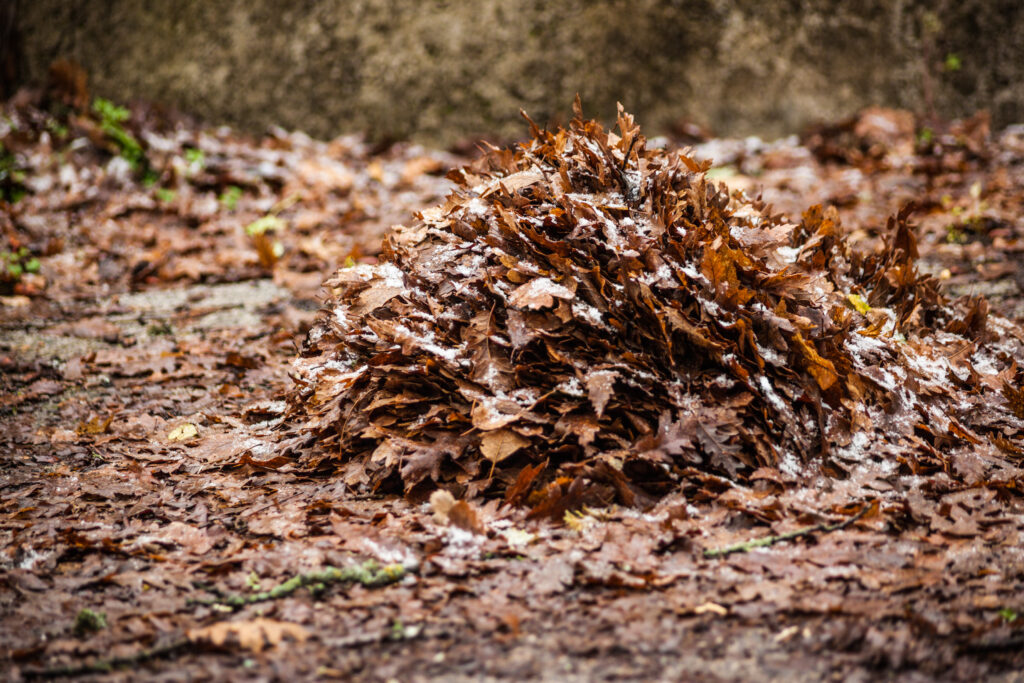
Leaves serve another purpose in the garden besides shelter: Plant protection. Snow insulates plants, but it’s not always around. A thick layer of leaves protects the roots and crown of plants, especially new perennials. When you have those extra leaves, the soil temperature stays the same, which prevents frost heaving. Frost heaving occurs when the soil temperatures go up and down, causing the plants to be pushed out of the soil. When this happens, the roots are exposed.
Did I mention microorganisms? These tiny creatures feed on the fallen leaves and break them down. They also improve the soil structure and make it easy for plants to absorb water and nutrients. Better soil also means less fertilizer for your garden.
If you have the space, create a leaf pile. It provides animal shelter and gives you compost, also known as “gardener gold.” Some compost has different materials, but a pile with only leaves is good, too. This form of compost is called leaf mold.
Trees & Shrubs
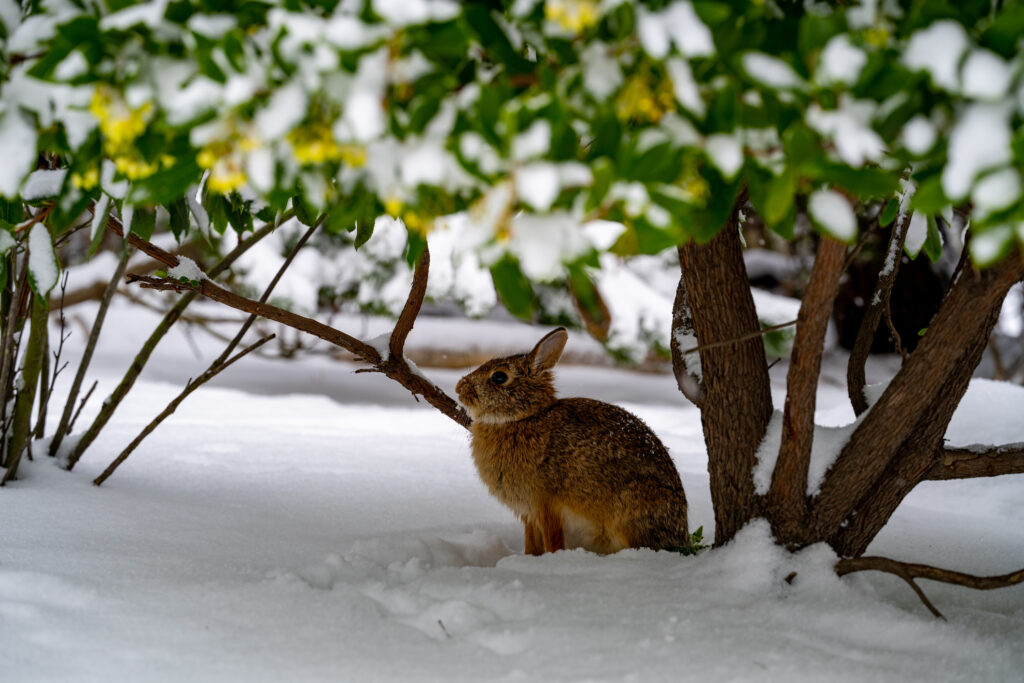
Trees and shrubs are an excellent shelter for birds and small mammals. Most birds don’t spend the winter in nests, so woody plants are their shelter. When it’s extra cold or windy, birds often huddle in groups on branches to stay warm. If your plants need pruning, waiting until late winter or early spring is good. This provides more shelter for birds and is better for the plants.
When twigs and branches are in the yard, create a wood pile in the corner. This will help smaller animals, like chipmunks, birds, and insects.
If you have an old Christmas tree, consider letting it spend the winter in your backyard. I grew up on the prairie, so we’d place the old Christmas tree below our bird feeder to offer protection from the wind. You can also add birdhouses to give them another option for winter shelter. And when you add birdhouses, you’ll have more birds in spring!
How Your Winter Garden Can Help Keep Wildlife Fed & Hydrated
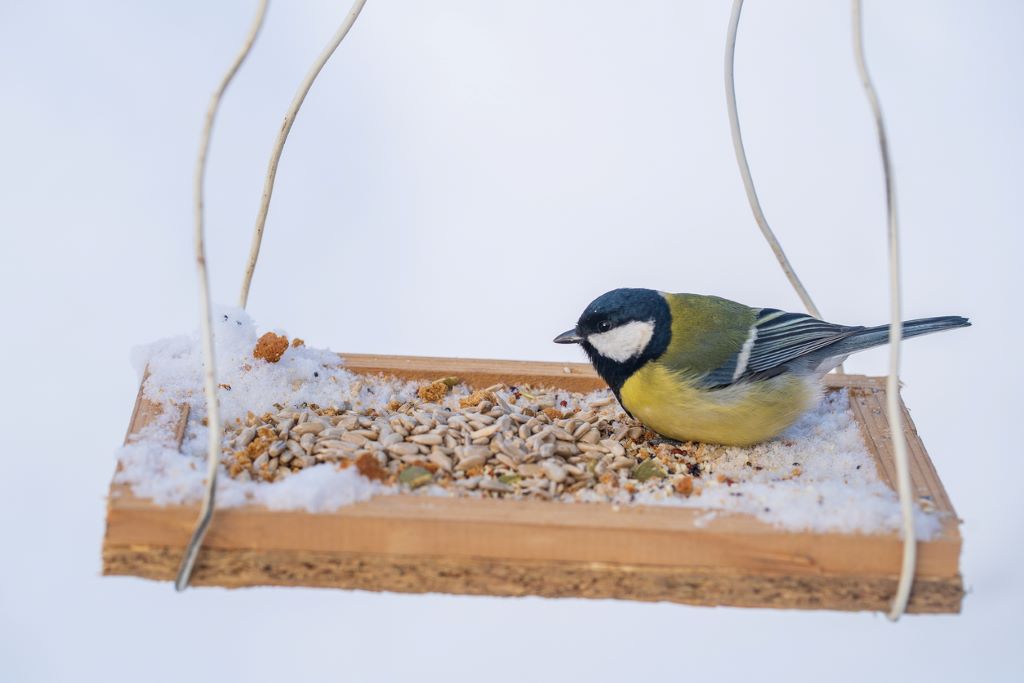
Feeding Wildlife During Winter Season
In most cases, animals find their own food in winter, but we can give them a helping hand. Snow makes it hard to find food on the ground, so an elevated food source is excellent.
- Birds love eating the seedheads of flowers like echinacea, coreopsis, and ornamental grass.
- At night, birds can lose up to 15% of their body weight as they endure the cold. Adding a birdfeeder makes it easy for them to find food. After a few weeks, the feeders become dirty, so they should be cleaned regularly.
- Many shrubs and trees retain fruit into winter, giving birds and small mammals fresh food. Some examples are flowering crabs and coralberry. These plants also add winter interest with their colorful fruit.
Winter Sowing Native Plants For Wildlife
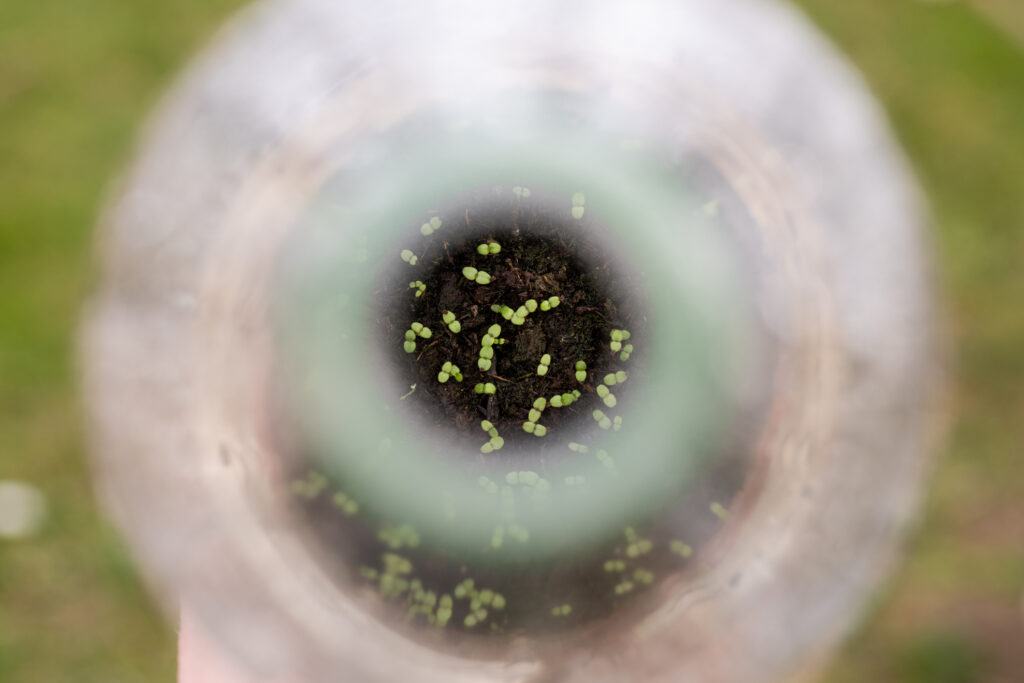
More gardeners are planting natives to feed wildlife, and winter is a great time to start. Winter sowing is a planting method that allows early planting and gives plants a head start in spring. Many native seeds require a cold period to germinate and grow. When you plant seeds in winter, they receive that cold treatment before spring.
The easiest way to sow those seeds is to place them inside milk jugs and put them on a deck or patio. It’s tempting to scatter the seeds on the ground, but they can easily be washed away or eaten. The plants may take a couple of years to flower, but winter sowing is a cheap way to grow natives. Plus, the birds will enjoy eating the seedheads as the plants grow.
Providing Water Sources For Wildlife During Winter
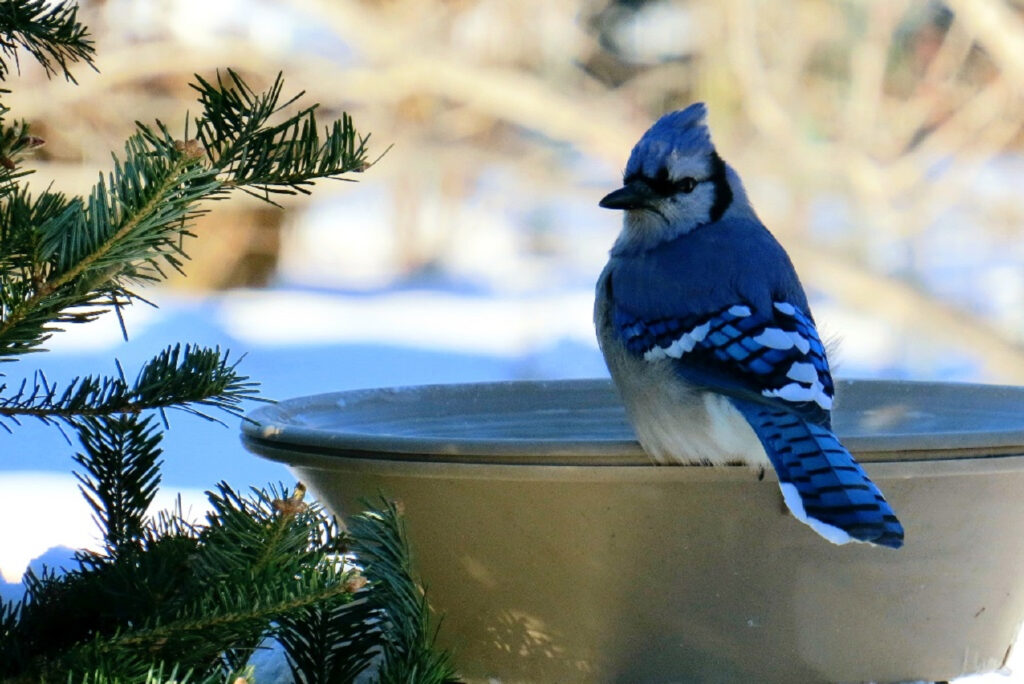
Animals find water in several places: Snow, fruit, and a source of open water. Snow can be hit or miss, so it’s good to have open water nearby. A heated birdbath is a great source of open water. It allows birds to hydrate, bathe, and insulate their bodies properly. Songbirds have a special way of keeping warm that requires them to keep their feathers clean, so water is necessary. Many heated birdbaths will function below 0°F, so they’re ideal for northern gardeners.
Supporting Winter Wildlife: Balcony & Patio Garden Solutions
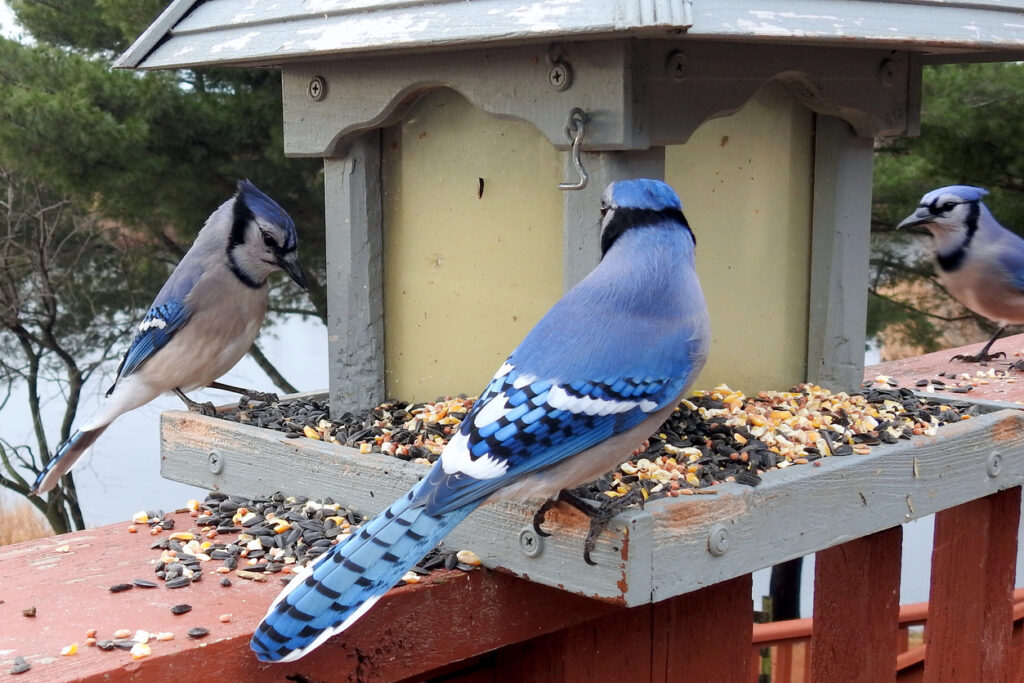
No yard, no problem. A patio or balcony gives you an up-close look at the birds and other wildlife. As the growing season ends, I cut down the annuals in the pots and add evergreen branches. They stay green all winter and provide a resting spot for birds and squirrels. You can also add lights to make it festive. Here are more ideas to support wildlife on your patio.
- Add a birdfeeder. You can attach the feeder to a railing or place it in a container on a Shepard’s hook.
- Add a heated birdbath to a railing or flat surface.
No matter the type of space, there are many ways to help wildlife. And it gives you a free source of entertainment as you plan for spring.
Other Recommended Reading

- Grow Light Basics
- Creating Winter Interest In Your Landscapes
- Winter Sowing Garden Guide
- Extend The Growing Season: Using Row Covers & Other Techniques

At Jung Seed Co, we strive to be your go-to guide for all your gardening needs. Our YouTube channel, The Garden Doctor by Dick Zondag, is where he provides gardening tips for all levels of gardeners. When you need reliable gardening advice, turn to the trusted experts at Jung.
View our new catalog online or browse our website for your gardening favorites. Sign up for our weekly email to receive info on new products, exclusive deals, and specials. Join our Facebook page to discuss all things gardening!
About the Author: Matthew Olson is a professional horticulturist and garden writer. He has a bachelor’s degree in horticulture from UW-River Falls and is a certified professional with the Minnesota Nursery and Landscape Association. His enthusiasm for plants and the outdoors brought him to the green industry. He regularly writes articles about gardening for both gardeners and industry professionals. He can be reached at matt@mattolsonhorticulture.com.